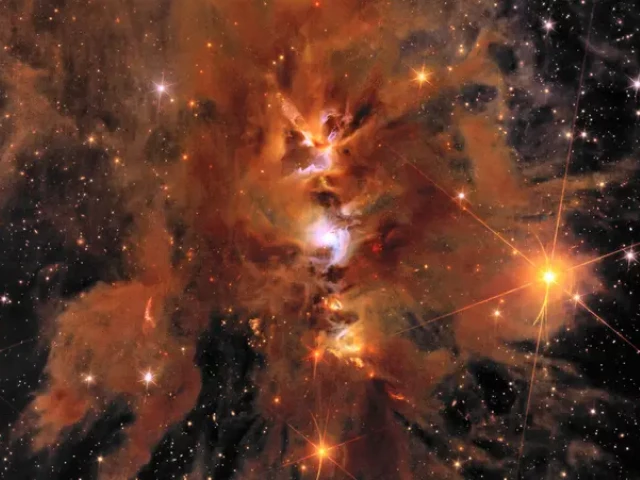Astronomers have confirmed the discovery of a rare and massive interstellar object — only the third ever identified — streaking through our solar system. Named 3I/Atlas, this newly detected space visitor is believed to be the largest interstellar object observed to date and has been officially classified as a comet, or “cosmic snowball.”
Discovered by a Chile-based observatory under NASA’s ATLAS survey, the object was first observed on Tuesday and retroactively traced in archived telescope data back to June 14.
“It looks kind of fuzzy,” said Peter Veres, of the International Astronomical Union’s Minor Planet Center. “There seems to be gas around it and maybe a short tail,” indicating cometary behavior.
Initially labeled A11pl3Z, it was later confirmed to originate from interstellar space. It poses no threat to Earth, as it is expected to pass inside Mars’s orbit and continue its journey out of the solar system.
READ MORE: IMF Rejects Pakistan’s Proposal for Subsidized Power to Crypto Miners and Industries
Richard Moissl, Head of Planetary Defense at the European Space Agency, stated the comet is traveling at an astonishing 60 km per second (37 miles/sec) — far too fast to be bound by the Sun’s gravitational pull, reinforcing its interstellar origin.
According to Jonathan McDowell, astronomer at the Harvard–Smithsonian Center for Astrophysics, interstellar comets like 3I/Atlas are likely remnants from other star systems, “liberated” by gravitational tugs from nearby stars and set adrift across the galaxy.
Current estimates place the object’s size between 10–20 kilometers in diameter, although it could be smaller if composed primarily of ice, which reflects more light. The object will continue brightening as it approaches the Sun, reaching its closest point (perihelion) around October 29.
Mark Norris from the University of Central Lancashire noted that 3I/Atlas is moving even faster than the two previous known interstellar objects — ʻOumuamua and 2I/Borisov. He added that modeling suggests 10,000 or more such interstellar objects could be drifting unnoticed through our solar system at any time.
With the Vera C. Rubin Observatory in Chile coming online, astronomers expect to detect similar faint visitors more frequently in the near future.
Although launching a space mission to intercept 3I/Atlas is not currently feasible, scientists are eager to study it using ground-based and orbital telescopes. Detecting organic compounds or amino acids on such an object could provide compelling evidence that life-friendly conditions exist beyond our solar system.




